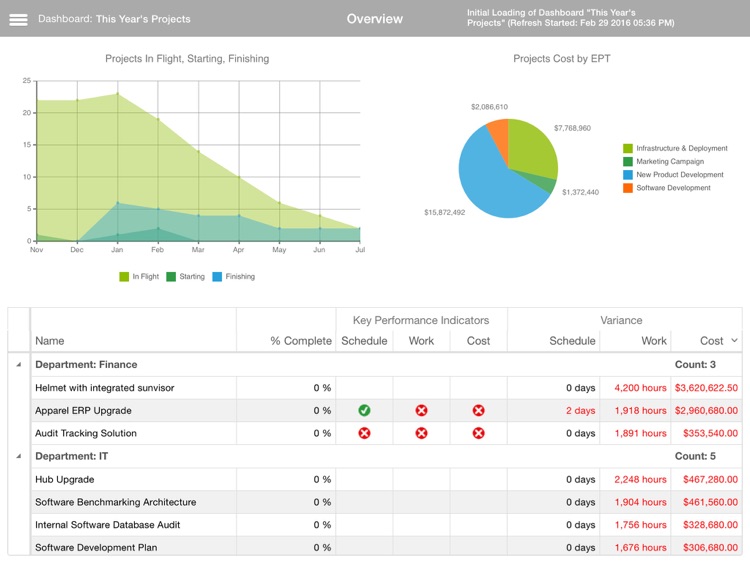

Weaknesses: Experienced project managers are discreet about Planner.

Planner can also be integrated with Microsoft Teams, which makes it a part of a larger collaborative environment (please find the details in the second section of the article. Plans and tasks are well-structured and are easy to manage. Strengths: Owing to a nice visualization, users can get a clear snapshot of their activities and see if the project goes as planned. As a part of Office 365 Groups, Planner also enables team members to collaborate on project documents using a SharePoint library, comment on project tasks in Outlook Groups, schedule project-related events in the team Calendar, take project notes in a team OneNote notebook. Users can create and follow various tasks and plans, prioritize them, get instant reporting via board and charts views. Planner enables teams to manage private and public plans and task buckets. Office 365 subscribers get access to several task and project management applications. Managing tasks and projects in Office 365: core tools Relying on our Office 365 consulting experience, we will explain how each tool addresses different tasks and project management challenges and explore possible tool combinations to let you compose an optimal toolkit for project and task management.
PROJECT OFFICE 365 HOW TO
In this article, we will show you how to use Office 365 for project management and guide you through a variety of relevant tools. Apart from collaboration, Office 365 can help employees and teams manage their tasks and projects more efficiently. We have already explored various Office 365 collaboration tools that help companies in cross-department and team collaboration, as well as in communication with external users. Over 100 million of monthly active users make Microsoft Office 365 one of the most used web-based business applications that organizations rely on in their daily activities.


 0 kommentar(er)
0 kommentar(er)
